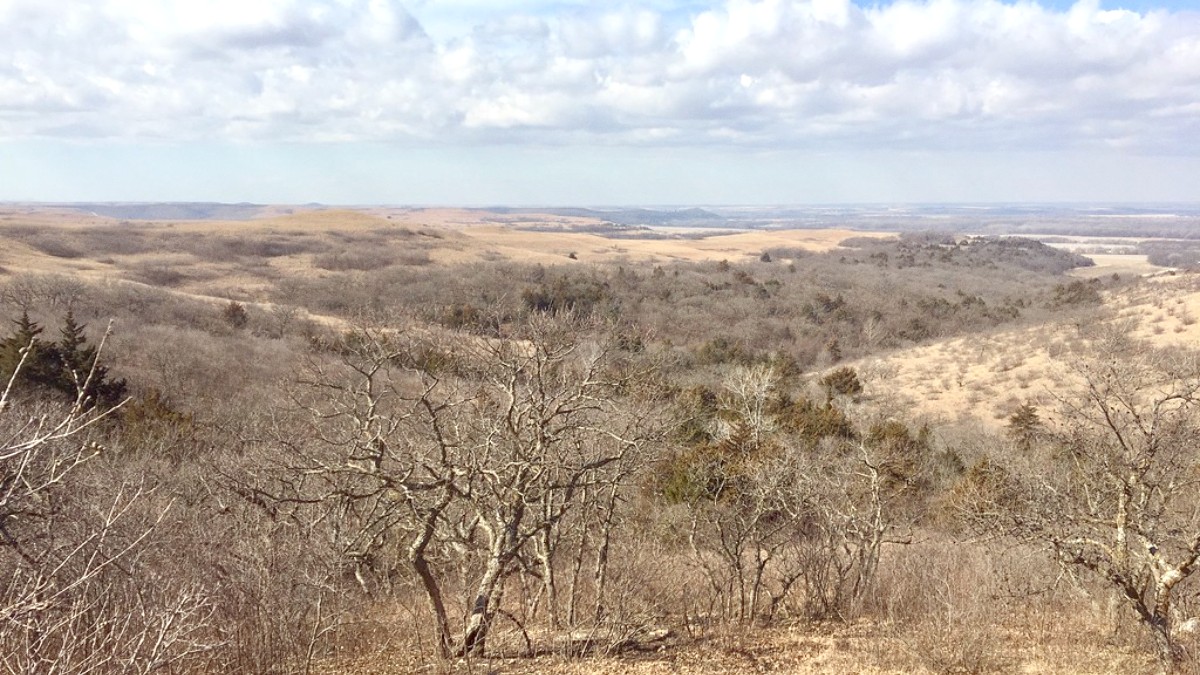
Kansas, USA
Days can be mild, but evenings and mornings can be cool. Pack long-sleeved shirts, light to mid-weight fleeces or sweaters. Convertible pants, which zip off into shorts, are a versatile choice.
Summer: Focus on lightweight, loose-fitting fabrics like cotton, linen, or moisture-wicking synthetics. Winter: Temperatures drop below freezing. Insulated, warm layers are essential.
Sturdy, broken-in hiking boots or trail shoes with good ankle support are highly recommended. Prairie terrain is uneven, rocky, and covered in tall grasses.
Comfortable walking shoes or sneakers are perfect for exploring town centers and for travel days. Avoid cotton for hiking, as it retains moisture.
Insulated, waterproof boots with good grip are for snowy/icy conditions. Sandals are comfortable for casual summer wear in towns but not for hiking.
Careful organization of your documents prevents stress and helps manage any unexpected situations. Ensure you have physical and digital copies of these important papers.
The standard voltage in the U.S. Is 120V at 60Hz. U.S. Outlets use Type A (two flat parallel pins) and Type B (two flat parallel pins and a round grounding pin) plugs.
The vast landscapes and abundant wildlife make the Flint Hills a photographer's dream. A camera with a good zoom lens is ideal for capturing distant wildlife (like bison) and landscape details.
Utilize services like Google Drive or Dropbox for photos and documents.
Carry a small external hard drive for additional backups of important files.
Download offline maps for areas with limited cell service to navigate without connection.
A well-stocked personal health kit prepares you for common issues encountered during travel. Ensure your personal medical needs are met with these items.
Guard against environmental factors and stay hydrated, especially on the open prairie.
A comfortable daypack for water, snacks, extra layers, and your first-aid kit. Trekking poles are optional but stability on uneven terrain.
If you plan to camp, bring a tent, a sleeping bag rated for the seasonal temperatures you expect, a sleeping pad for comfort, and basic cooking gear if primitive camping.
Binoculars are excellent for birdwatching and distant wildlife viewing. A lightweight field guide to birds of Kansas is useful. Extra camera batteries and memory cards. A lightweight tripod for landscape photography or stargazing.
Long drives are common, so prioritize comfort and security for your belongings.
Contribute to sustainable travel and enjoy unique regional experiences. These items enhance your trip and reduce impact.
Pack light to lessen your carbon footprint.
Carry reusables to avoid single-use plastics.
Group activities to reduce driving mileage.
Observe animals from a distance without disturbance.
Remember to adapt your list to the season and your planned activities for an optimal trip.